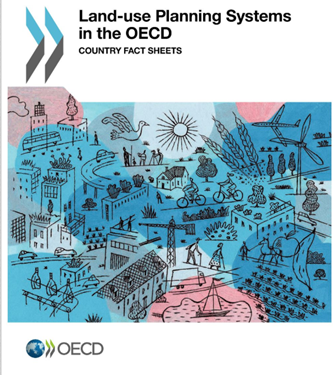The Governance of Land Use: Policy Highlights shares key findings and recommendations from the Regional Development Policy Division’s work on the governance of land use. This work is based on an overview of formal land use planning systems across the OECD; an analysis of the relationship between land use planning systems, property tax revenues and land use patterns; and case studies OECD countries (Poland, France, The Netherlands, and Israel).
This brochure summarises two forthcoming OECD publications on the Governance of Land Use that will be published in early 2017. Both the forthcoming publications and this policy brief have been prepared by the Regional Development Policy Division in the Public Governance and Territorial Development Directorate of the OECD. Part of the work benefited from funding by the Central Priority Fund of the OECD for a joint project that involved the Public Governance and Territorial Development Directorate, the Environment Directorate, the Centre for Tax Policy and the Fiscal Network.
OECD (2017), Land-use Planning Systems in the OECD: Country Fact Sheets, OECD Publishing, Paris, https://doi.org/10.1787/9789264268579-en.
This report provides an overview of spatial and land-use planning systems across the OECD. It contains country fact sheets that focus on formal aspects of planning systems, as they are defined by laws and regulations. The country fact sheets describe the responsibilities of each level of government with respect to spatial and land-use planning. They include a description of all spatial and land-use plans of a country and show their hierarchical relations in a diagram. For most countries, the fact sheets also contain key statistics on land use. A summary chapter provides an overview of the information in the country fact sheets and discusses land value capture tools, land expropriation procedures, reforms of the planning system, and other issues. The information provided in this report was collected through a survey that involved academic experts on planning from all 32 countries covered.






